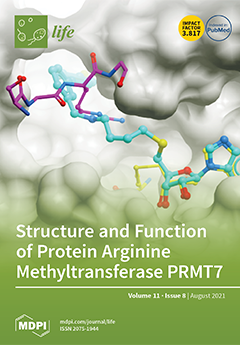Lentinula edodes (shiitake mushrooms) is heavily affected by the infection of
Trichoderma atroviride, causing yield loss and decreases quality in shiitake mushrooms. The selection and breeding of fungal-resistant
L. edodes species are an important approach to protecting
L. edodes from
T. atroviride
[...] Read more.
Lentinula edodes (shiitake mushrooms) is heavily affected by the infection of
Trichoderma atroviride, causing yield loss and decreases quality in shiitake mushrooms. The selection and breeding of fungal-resistant
L. edodes species are an important approach to protecting
L. edodes from
T. atroviride infection. Herein, a highly resistant
L. edodes strain (Y3334) and a susceptible strain (Y55) were obtained by using a resistance evaluation test. Transcriptome analyses and qRT-PCR detection showed that the expression level of
LeTLP1 (
LE01Gene05009) was strongly induced in response to
T. atroviride infection in the resistant Y3334. Then,
LeTLP1-silenced and
LeTLP1-overexpression transformants were obtained. Overexpression of
LeTLP1 resulted in resistance to
T. atroviride. Compared with the parent strain Y3334,
LeTLP1-silenced transformants had reduced resistance relative to
T. atroviride. Additionally, the
LeTLP1 protein (Y3334) exhibited significant antifungal activity against
T. atroviride. These findings suggest that overexpression of
LeTLP1 is a major mechanism for the resistance of
L. edodes to
T. atroviride. The molecular basis provides a theoretical basis for the breeding of resistant
L. edodes strains and can eventually contribute to the mushroom cultivation industry and human health.
Full article






